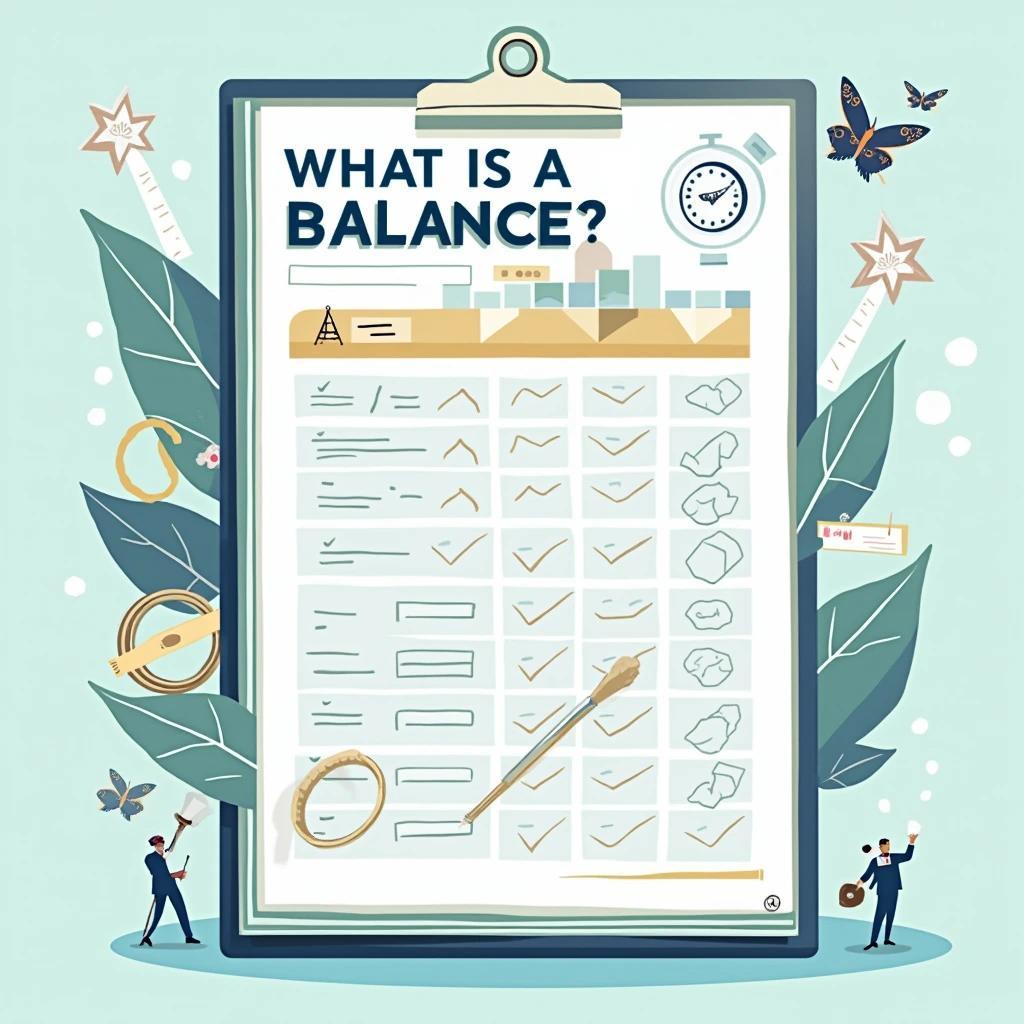Understanding Balance Sheets: A Guide to Financial Clarity

The primary role of community association board members is to ensure the prosperity, security, and growth of the community. A critical element of this is safeguarding its financial health. To influence the financial stability effectively, it's essential to comprehend the current financial standing upon joining the board. Balance sheets are invaluable in providing this understanding.
Without grasping the details of a balance sheet, it becomes challenging to assess the financial status of the association and make necessary adjustments to maintain or enhance financial health.
What exactly constitutes a balance sheet?
In essence, a balance sheet represents the comprehensive financial status of an association at a specific moment, typically the last day of the month. It includes assets, liabilities, and equity, where assets are calculated by adding liabilities and equity. To simplify, subtracting liabilities from assets reveals the equity of the association. The balance sheet distills a detailed financial statement into an accessible format, alongside income statements, bank reconciliations, and general ledgers.
What details are present on a balance sheet?
A balance sheet features two sides that must be equal. One side lists the association's assets, while the other outlines liabilities and equity.
Assets cover cash, accounts receivable, reserve accounts, investments, and fixed assets such as properties and equipment.
Liabilities involve taxes, utility bills, loan payments, pre-paid assessment fees, and wages to employees.
Equity signifies the net worth of the association, indicating the remainder once all liabilities are settled.
The three-column method shows each line item’s value at the previous month’s end, the current month, and the difference—either positive or negative—between the two. This format enables quick insight into the financial direction, aiding board members' decision-making. The board can swiftly assess how funds are allocated, whether in CDs, treasury notes, or savings accounts, ensuring they manage these investments within security limits.
How are balance sheets created?
Modern technology allows balance sheets to be automatically generated from accounting software once bank records are reconciled to reflect all financial activities accurately. These statements should be provided monthly by a professional property management company. If the community manages itself, the CPA, bookkeeper, or on-site staff can produce a balance sheet using major accounting software.
How does comprehending a balance sheet impact budgeting?
Understanding the current financial situation is crucial when planning the next year's budget. A precise financial snapshot helps boards decide if more reserve funds are needed, cost-cutting measures should be implemented, or assessments need adjustments. A balance sheet showing a deficit may necessitate increasing assessments, levying special assessments, or arranging loans, greatly influencing the association's budget decisions. Additionally, it assists in detailing reserve fund transfers, ensuring the funds align with future needs while making necessary budgeting adjustments.
Consequences of not understanding the balance sheet
Failure to understand a balance sheet risks misjudging the association’s financial position, potentially leading to overspending and harming the operating budget. For instance, misunderstanding the allocation of cash reserves could result in mistakenly using funds that are actually liabilities or assuming equity equates directly to available cash. Awareness of these financial nuances ensures informed decision-making for the community's benefit.
Financial concepts can be intricate, yet board members must grasp fundamental financial statements to serve the community association effectively. This includes knowing the components of a balance sheet, the process of its generation, and its significance. While budget processes are complex, understanding them can simplify their navigation.





